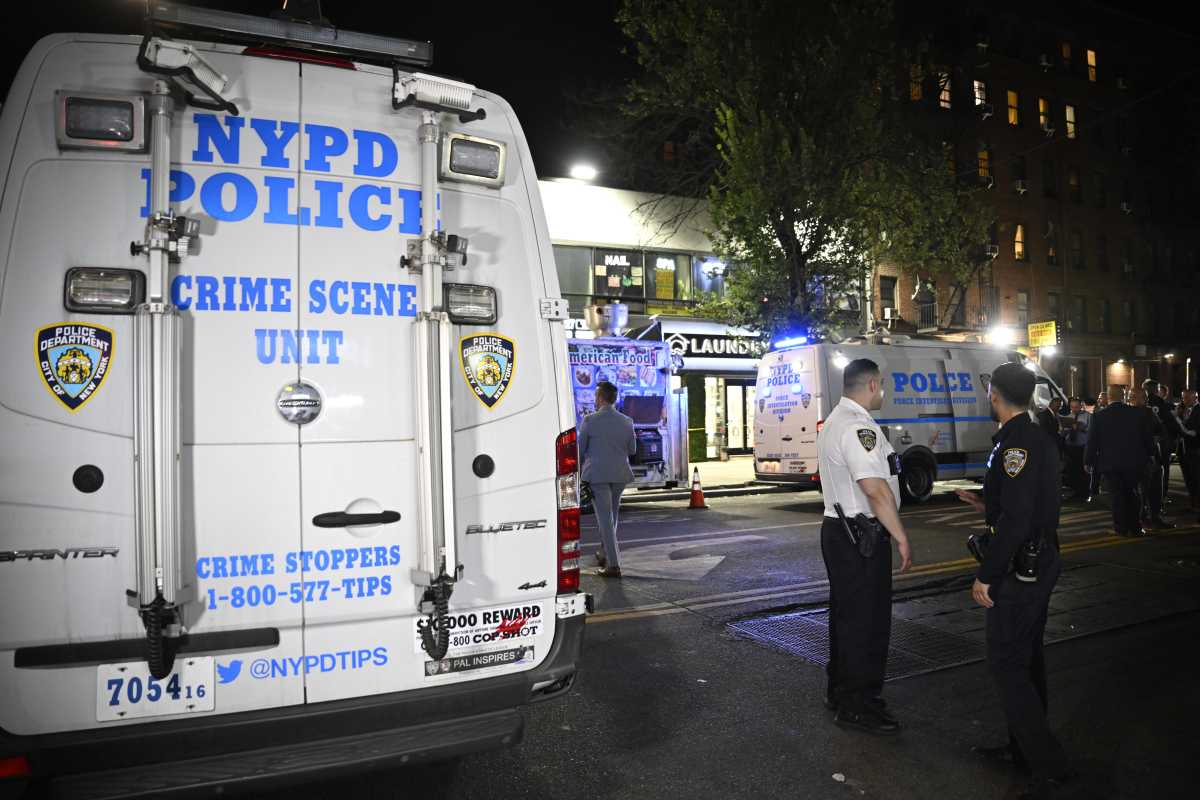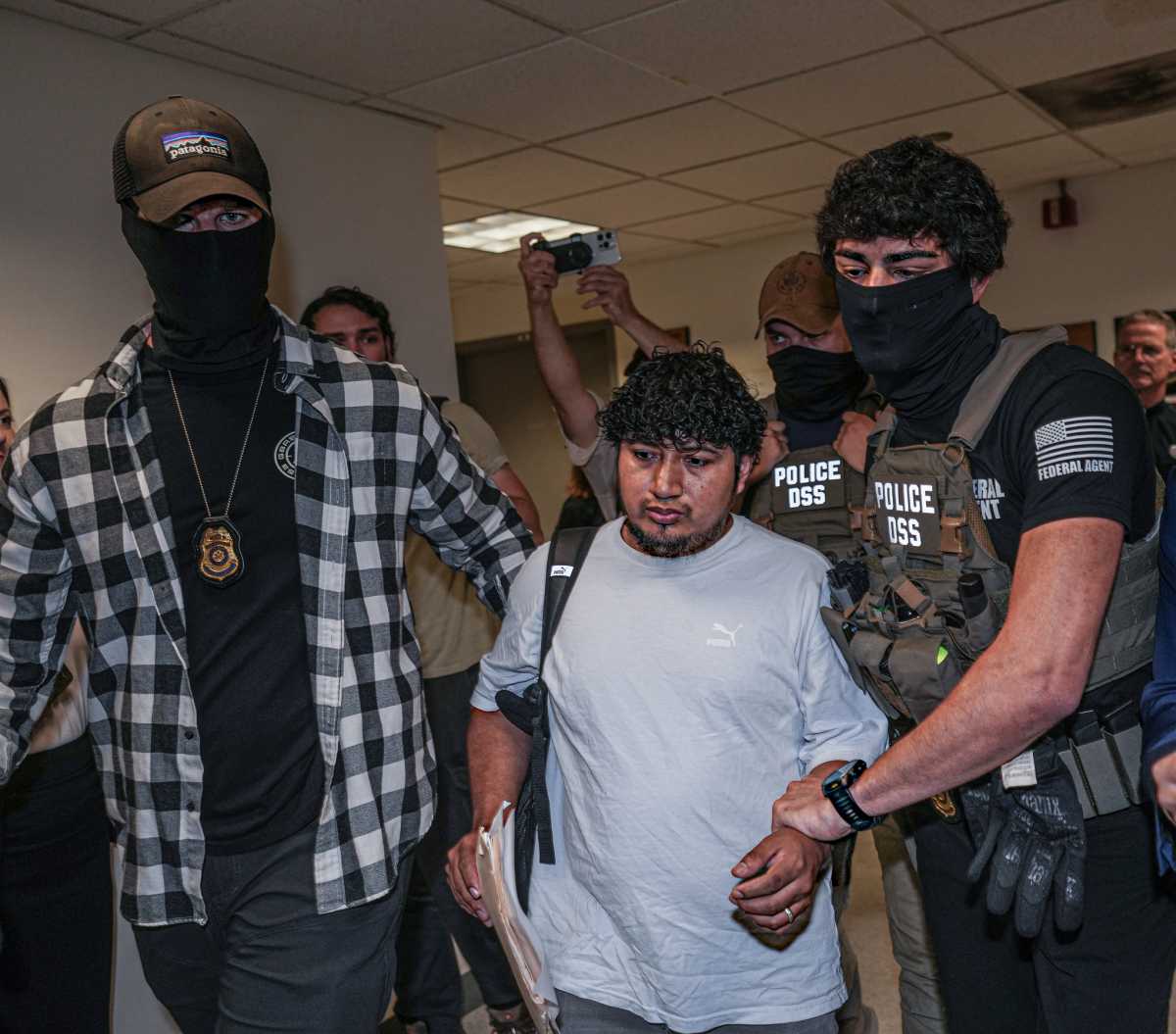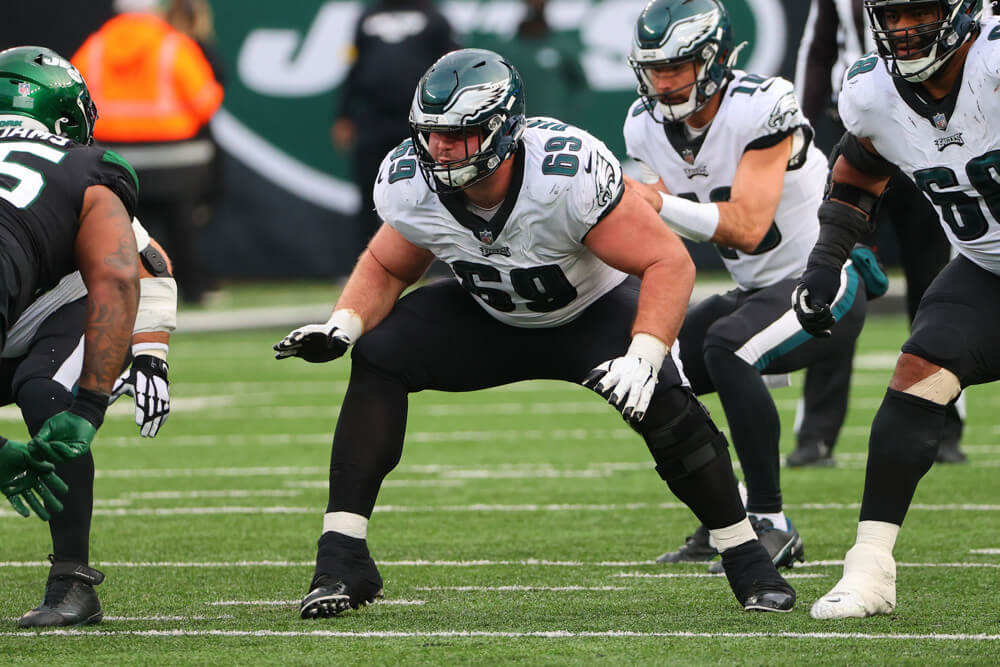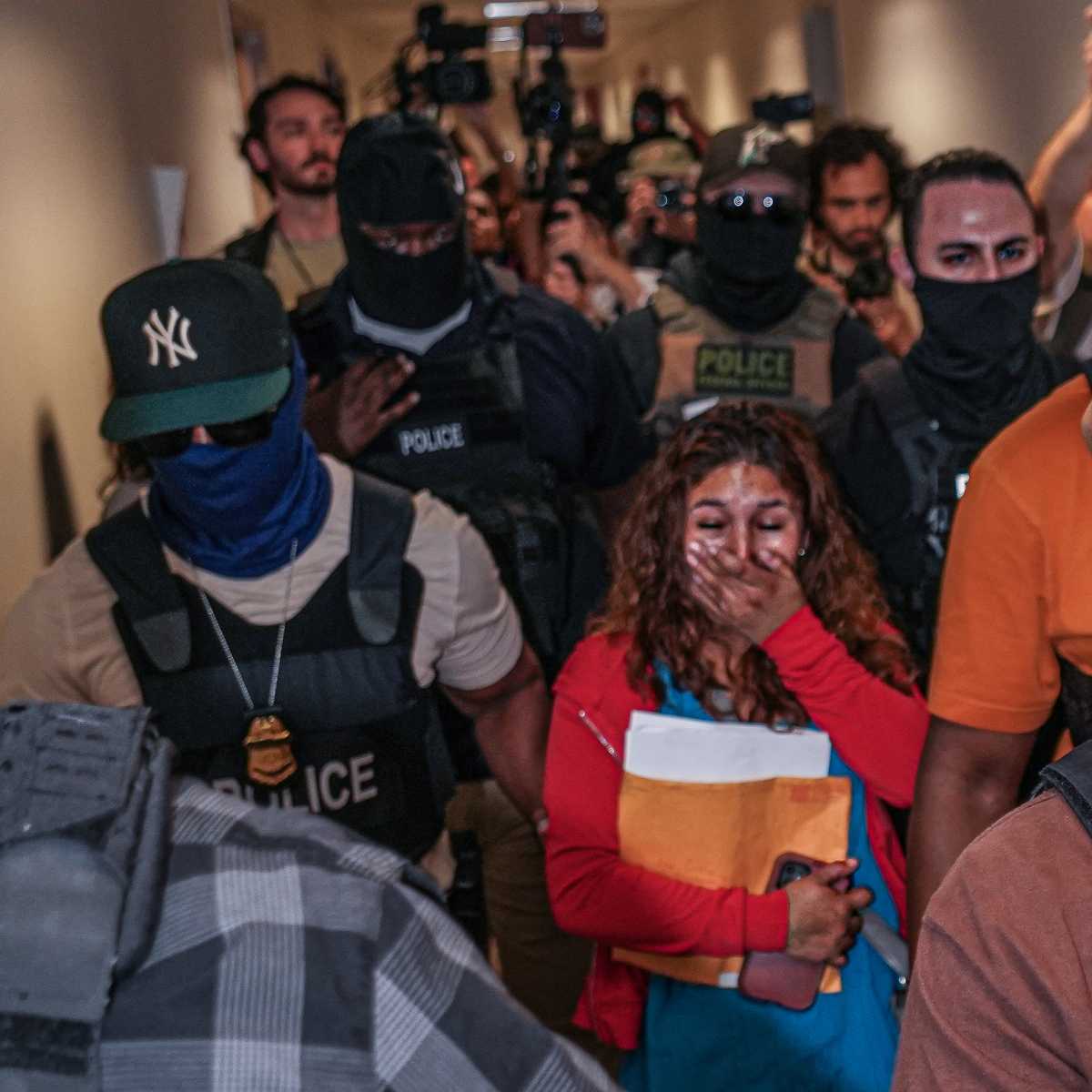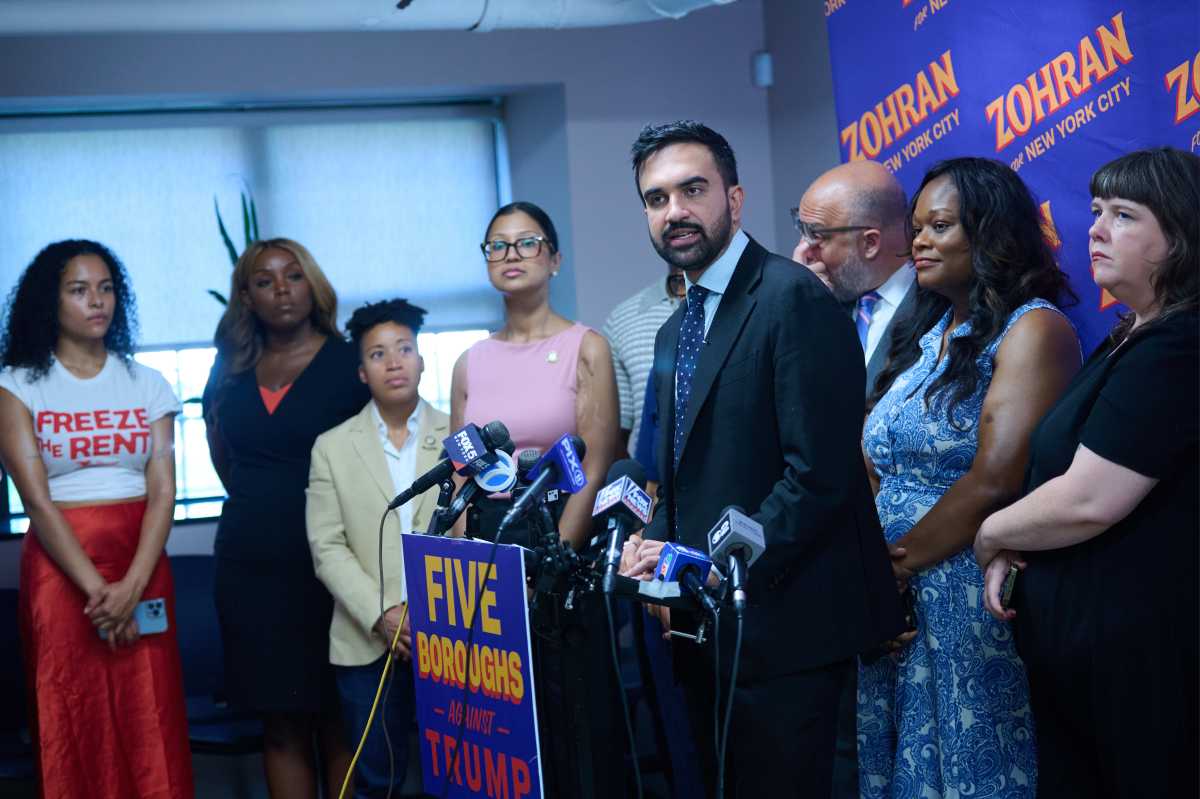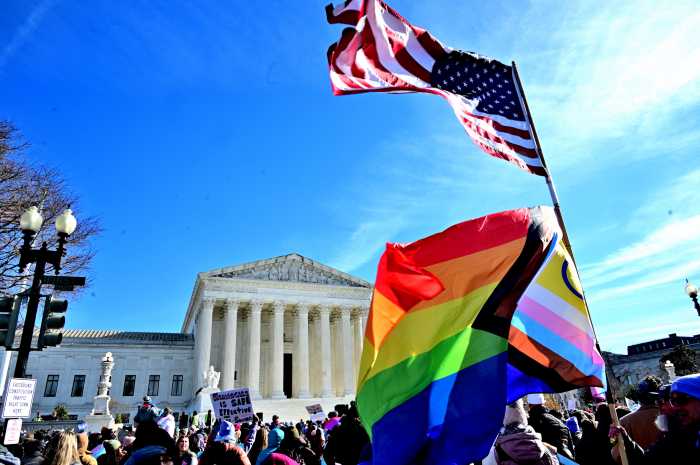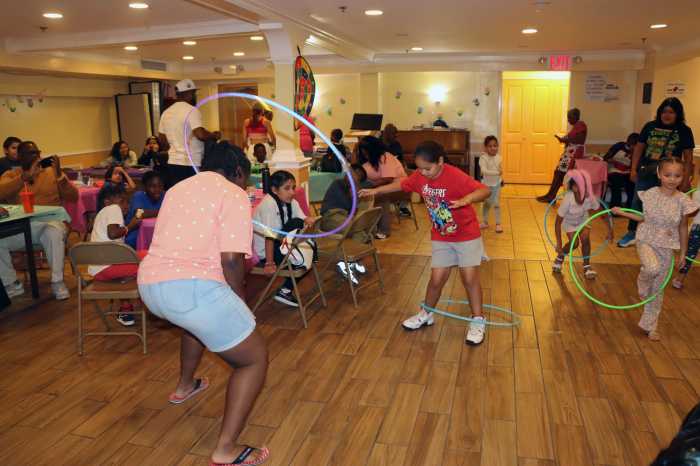More than 4,200 New Yorkers will participate in the city’s annual Homeless Outreach Population Estimate survey Monday night, but the chilly temperatures could pose issues for its accuracy.
Called the HOPE survey, the city’s annual census aims to get an estimate of the number of unsheltered homeless individuals on New York City streets, in parks, subways and other public spaces. The HOPE survey is mandated by the U.S. Department of Housing and Urban Development and conducted by the NYC Department of Homeless Services.
Homeless advocates have been concerned about the count’s accuracy for years, and this issue is only exacerbated by extreme cold. On Monday night, temperatures will drop to around 30 degrees, with wind chill making it feel like 25 degrees.
“We’ve had similar concerns over many years about whether this number accurately reflects the need or the severity of the issue in New York City,” said Giselle Routhier, policy director for Coalition for the Homeless, which is not involved in the HOPE survey.
“There are a lot of different reasons why that’s the case,” she added. “[One is that] every year they do this estimate the conditions are different, so comparability year by year is very challenging, particularly with respect to whether.”
This year is set to be a colder night than the last two HOPE surveys. According to the Department of Homeless Services, it was 37 degrees during last year’s survey and 40 degrees for the 2017 count. 2014 saw one of the coldest nights for the HOPE survey, when it was 18 degrees.
“Advocates across the city agree that the HOPE count is likely an undercount regardless of the weather, given the safety necessity and related ability of homeless New Yorkers to make themselves blendin and not readily apparent on the streets,” said Áine Duggan, president of Partnership for the Homeless, which provides services for New York City’s homeless population and is also not a part of the annual count.
“On a cold night, that problem is obviously exacerbated,” she added, “because they will try to find temporary shelter with a friend or a neighbor, but it doesn’t change the fact that they are homeless.”
Homeless individuals could also take refuge from the cold in a vestibule or somewhere like a laundromat, said Routhier, which would not be counted during the HOPE census as a public space.
Beyond HOPE Survey, homeless population in crisis in NYC
The HOPE survey specifically looks at unsheltered homeless individuals in New York City, which is only a fraction of the population. Only 5 percent of New York City’s homeless population is unsheltered, according to a HUD report from Dec. 2018.
Still, it’s important to understanding the overall homeless crisis in the five boroughs, said Monsignor Kevin Sullivan, Executive Director of Catholic Charities of the Archdiocese of New York. Sullivan will participate in the HOPE survey, along with more than 30 volunteers through the Catholic Charities.
“We work with people who are on the street and we have some very temporary shelters that we work with and we have affordable housing. We can tell you that affordable housing — that should be the permanent goal for every New Yorker,” he said. “It’s better that there are more people in shelters than on the street, but it’s much, much better when people have a permanent apartment to live in.”

Homeless advocates echoed this, saying that though the count may be inaccurate, it still shows a general trend that the homeless population in New York City is increasing. That needs to be addressed, Duggan said, through prevention and the creation of new housing units to help people leave the shelter system.
Though it may not be the best use of resources for tackling the homeless crisis in New York, for volunteers, walking around the city at night in the cold may be a way to better connect with the issue, Sullivan said.
“It’s not a balmy, pleasant night for homeless folk on the street even when it’s a little bit warmer than tonight,” he said. “It’ll reinforce for those of us walking out there how imperative it is for us to try to do a better job in making sure that those who are on the street don’t stay on the street any longer than they have to.”



